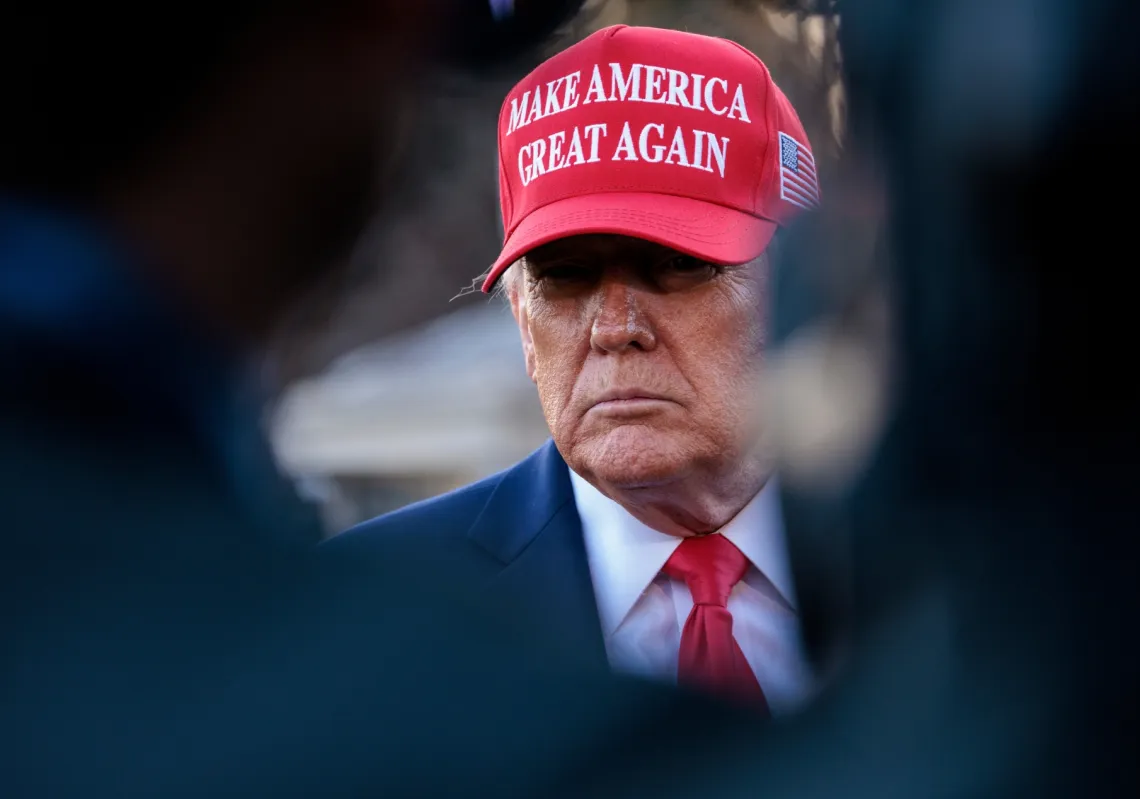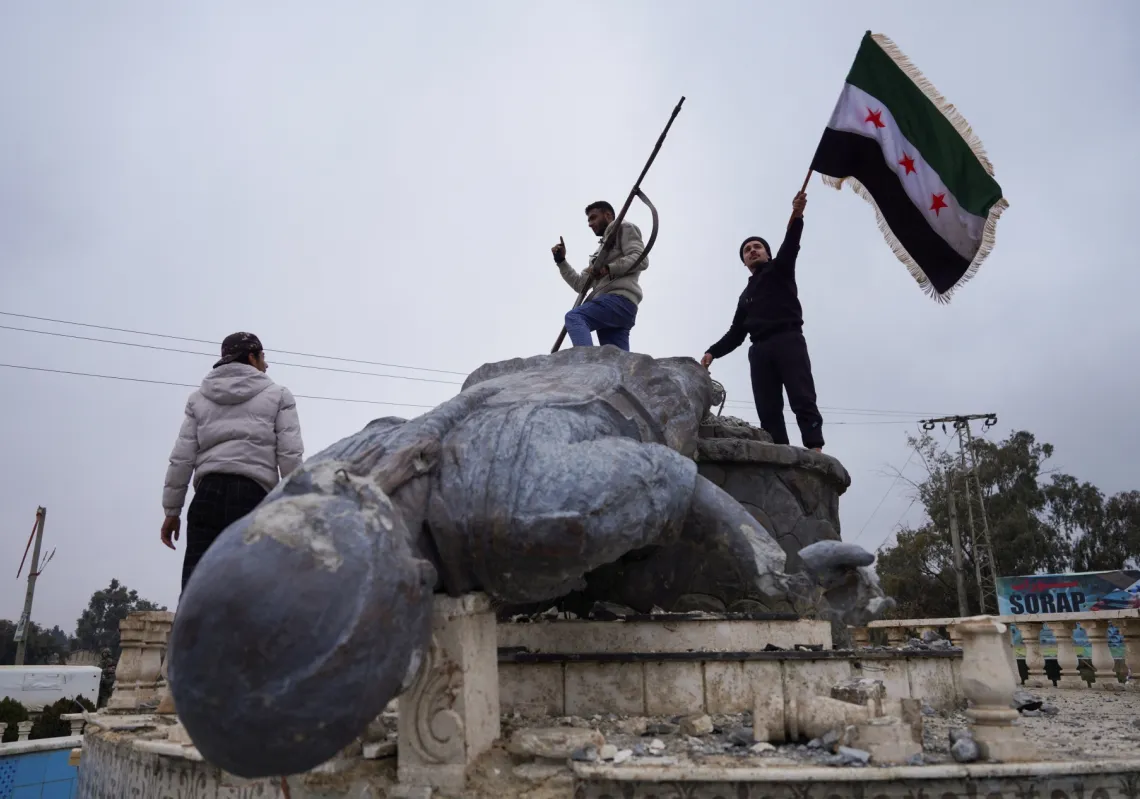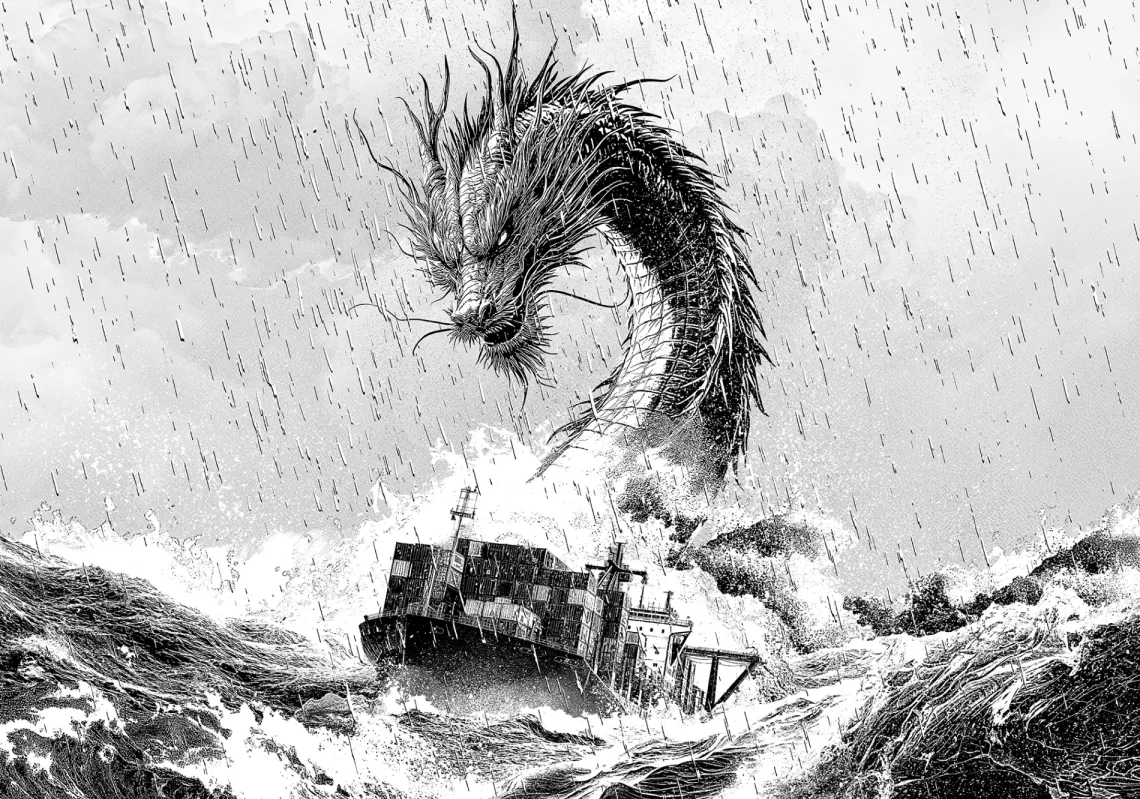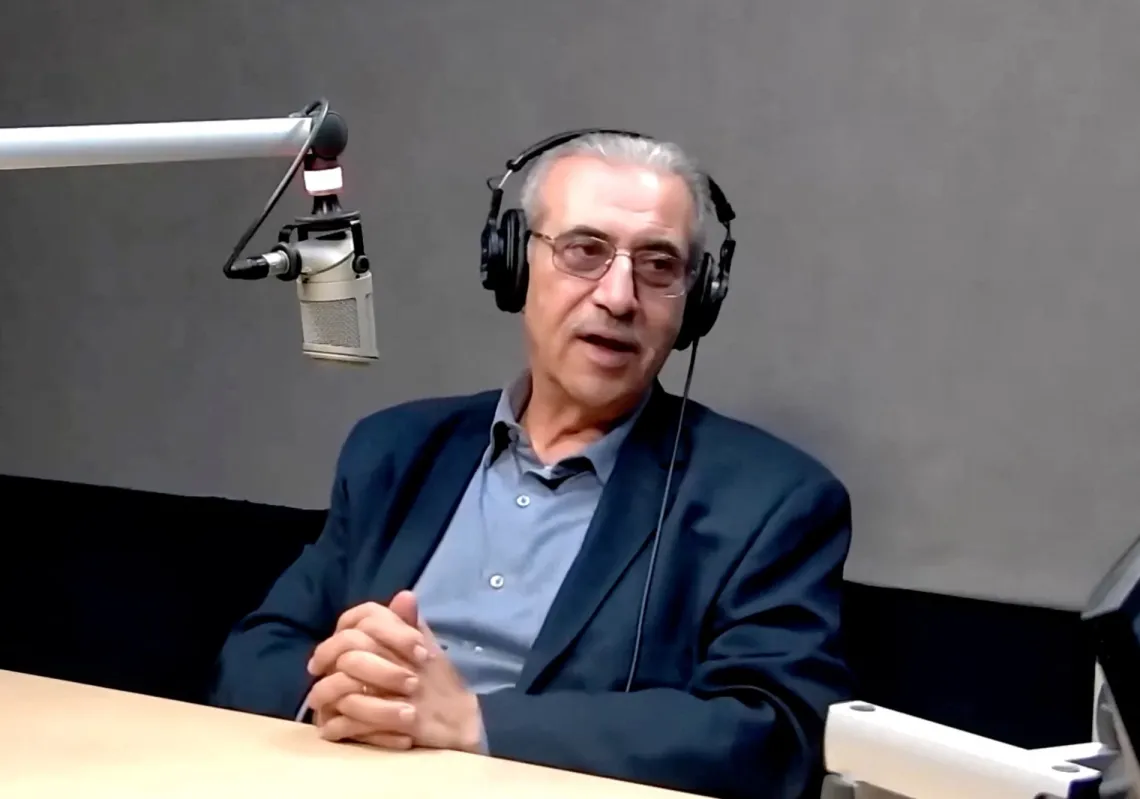Meanwhile, a Houthi leader just paid an extremely rare visit to Iraq, engaging in bilateral meetings with Iran-backed militia leaders in Baghdad. The timing and public optics were clearly intended to signal the delight felt by the Houthis amid a sustained ceasefire.
While the ceasefire itself gives confidence to diplomatic efforts to resolve Yemen's years-long conflict, little progress has been made in terms of resolving the deeper, underlying drivers of the civil conflict itself.
Read more: Unresolved issues in Yemen hinder political settlement
In Iraq itself, Iranian proxies and militant fronts have grown increasingly bold in recent weeks, publicly threatening US Ambassador Alina Romanowski and the US Embassy in Baghdad, while also claiming responsibility for previously unresolved deadly attacks on US troops.
Just two months ago, an Iranian militant front based in Iraq launched a suicide drone into north-eastern Syria, killing a US contractor and injuring more than 24 American soldiers.
That attack demonstrated considerable coordination, as it was timed to coincide with a brief and rare window in which the primary air defence system in the US base was turned off for maintenance.
Questions still remain as to how Iranian actors next door in Iraq knew or were able to detect such sensitive information across the border in Syria.
There is a possibility of Russian complicity, given the repeated presence of Russian jets over the airspace at the time and the increasingly potent strategic partnership between Iran and Russia – in Syria and Ukraine.
Recent revelations about Russia's role in facilitating a complex, transnational sanctions evasion scheme run by the IRGC, Quds Force and Hezbollah add to the suspicions yet further.
The crown jewel of Iran's regional agenda: Syria
On 3 May, Ebrahim Raisi conducted Iran's first presidential visit to Syria in 12 years, publicly declaring victory and being greeted by regime-arranged crowds orchestrated to chant Shiite slogans and shout in Farsi – a highly unusual if not unprecedented sight in Syria.
Therein followed at least a dozen economic agreements and possible plans to establish Syrian-Iranian joint defence industry facilities on Syrian soil. Taken together, the message from the visit and its follow ups was clear: Iran is in Syria to stay, and its strategic advantage is unlikely to be dented by outside powers.
In almost all cases, Iran's gains across the region appear to be irreversible and their consequences potentially profound – for regional dynamics, for prospects for genuine long-term stability, and for the ability of the United States to remain a central actor involved in regional affairs (should it still want to be one).
Beyond Iran's regional gains, the lack of any nuclear accord has now placed the Iranian nuclear programme at de facto break-out capacity. With that being the case, the prospect for any future nuclear agreement looks to be near-zero – and meanwhile, it continues to enrich to ever higher levels and reinforce itself from external attack.
In fact, according to senior Israeli security officials, Iran's new nuclear facility in Natanz is buried so deep underground that may be impenetrable by even the most advanced munitions.
While Arab states invest in de-escalation with Iran, tensions between Israel and Iran are spiralling.
The Israeli security apparatus has begun warning publicly about possible Hezbollah plots; of the heightening threats posed by the deployment of Iranian "floating terror bases" in the Gulf; and of the fact that Iran's strategic threats from Syria have spiked so significantly that Israeli actions there have doubled in 2023.
Read more: Is Israel on 'red alert' yet?
Indeed, Iranian proxies have attacked US troops in Syria at least 84 times in two years, while Iranian naval assets have intercepted or attacked at least 15 internationally-flagged shipping vessels in the Gulf since 2021.
At the end of the day, the de-escalation trend being driven by Arab states is undoubtedly an encouraging development for the region, but until the underlying root causes and drivers of instability and tensions are truly resolved, crises will continue to erupt – most likely in the very same places as before.
And given recent regional developments and prevailing dynamics, Iran will be best placed to respond the next time around.












